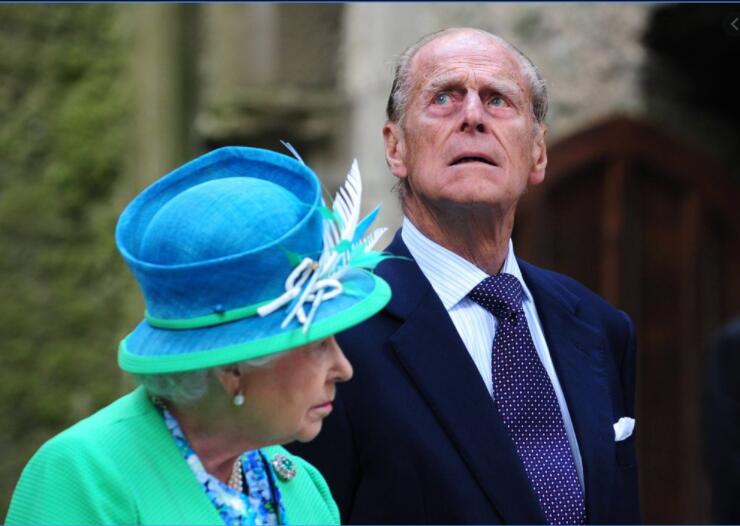Later, his staff often described him as “bracing”.
后来,他的工作人员经常形容他“令人振奋”。
When asked by a (female) journalist about rumours of a colourful private life in the 1960s,
当一名(女)记者问及有关他上世纪60年代丰富多彩的私生活传闻时,
he barked: “Good God, woman! I don’t know what sort of company you keep.”
他大声说道:“天哪,女士!我不知道你身边都是些什么人。
But he was good at getting things done: his Duke of Edinburgh Award Scheme for teenagers now operates in more than 140 countries.
”但他擅长把事情做好:他为青少年设立的爱丁堡公爵奖励计划(Duke of Edinburgh Award Scheme)目前在140多个国家开展。
In public his job was to walk two steps behind his wife, trying not always successfully to make small talk.
在公共场合,他的工作就是走在妻子身后两步远的地方,尝试闲聊几句,虽然不是每次都能搭上话。

In private, he took the lead and urged her to spread her wings with the words, “Come on, Lilibet.”
私下里,他则是领头的那位,他鼓励妻子,说:“加油,莉莉贝特。”
His passport listed him as a “Prince of the Royal House”, but he cast himself as a moderniser.
他的护照上写着“皇室亲王”,但他把自己塑造成一个现代主义者。
Within a few days of moving into Buckingham Palace he began an “Organisation and Methods Review”.
在搬进白金汉宫的几天内,他开始了一项“组织和方法审查”。
He visited every one of its 600-or-so rooms and asked each member of staff what they did there and why.
他参观了大约600个房间,询问每一位工作人员的岗位职责和理由。
Later he extended his brief. His first-floor study there offered a panoramic view of his interests.
后来他不断丰富自己的“空间。一楼的书房展示了他所有的兴趣。
On a long wall of bookcases was stowed his collection of model ships in glass cases.
在一整面墙的长长的书柜上,陈列着他收藏在玻璃柜里的船舶模型。
Between them stood the books that had caught his attention—on wildlife, anthropology, history, naval strategy, sailing.
中间摆放着他喜欢的各种类别的书籍——内容包括野生动物、人类学、历史、海军战略和航海等等。
译文由可可原创,仅供学习交流使用,未经许可请勿转载。











